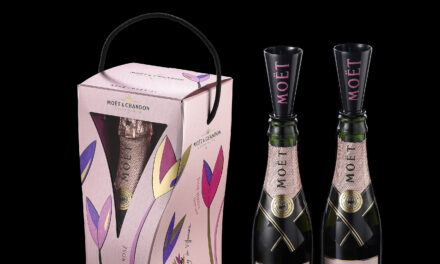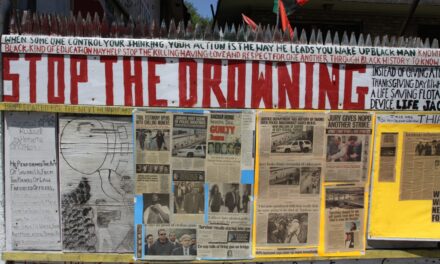
Grabbing onto a willow tree in downtown Brooklyn, courtesy of Eric Joseph Reitmeyer
New York City is greening itself. From sustainable building designs and school programs to urban green space and waste byproducts, the Big Apple is greening its grid. As the city adapts to the new Gold Rush – engaging in sustainable practices and purchasing new technology – it should focus on long-term goals, and not just current trends.
In Manhattan’s Flatiron District, the Union Square farmer’s market delivers fresh produce from rural Upstate New York, while many residents in the Lower West Side grow tomatoes, avocados, and basil on their roof decks. Few are aware that their neighborhood is home to the North River Wastewater Treatment Plant, one of the world’s largest. Its residual human waste is treated and shipped to the Middle East. The success of the plant’s Watershed Protection Program is one of the main reasons why NYC is one of only five American cities that are not required to filter their drinking water.
Times Square has been declared green
Uptown, in the heart of Times Square, the InterContinental Hotel is Leadership in Energy and Environmental Design (LEED) certified. The large tourist center has been declared green by city officials, who closed its streets to traffic in 2009. However, sustainable the food truck Sweetery drives through the busy intersection offering “green cookies” on Earth Day, in April.
Promoting energy efficiency
In Brooklyn, a company is using one of the city’s byproducts—waste glass—and turning it into raw materials for table-top surfaces. Mexican and Cuban restaurant Habana Outpost features a $40,000 solar panel installation on its outdoor patio. It uses a bicycle-powered bender, a rainwater collection system, and composting and recycling stations, to save energy.
A Bronx-based company staffed by 300 former welfare recipients dismantles older computers, rebuilds them, and sells them to schools. Queens and Staten Island neighborhoods are signing up for City Council’s initiative, “Retrofit NYC Block by Block,” to increase energy efficiency. It also reduces utility bills for homeowners, businesses, and houses of worship. Equally important, City Hall announced that it was going off-grid earlier this summer as architects design plans for a massive fuel cell.
In addition, New York Industrial Retention Network and the Manufacturers’ Association of New York City are campaigning for “Buy New York City,” a campaign that encourages local home furnishing and equipment suppliers to reuse kitchen cabinets and refrigerators.
The Environment Protection Agency set up the WAVE program in 2004 to encourage commercial businesses and establishments to reduce water consumption while increasing efficiency, profitability, and competitiveness.
State agencies play a role too

Sailing Towards Sustainability, courtesy of Eric Joseph Reitmeyer
Meanwhile, the New York State Energy Research and Development Authority (NYSERDA) runs the “The Green Jobs – Green New York (GJGNY) Program,” which aids city dwellers by providing them access to energy audits, installation services, low-cost financing (currently for residential customers only), and pathways to training for various green-collar careers.
Compared to other cities, NYC ranks top in the green policy movement, comparable to cities in California, Washington, and Vermont. However, while it is nice to sit in an air-conditioned subway car and look at Con Edison posters instructing New Yorkers how to reduce their household carbon footprint, consumption is on the rise.
Culture must change, not only policy
In the age of abundance – with consumer products being readily available and a negative savings rate in the United States and Europe – culture, not policy will change attitudes towards sustainable ways of living. As New Yorkers dabble in trends and guidelines for proper sustainable lifestyles, they forget the basic equations: plastic bottles = land or sea-bound waste; or toilet flush = wasteful water resources. If a policy required New Yorkers to stop consuming liquids; in one week, 24 million bottles wouldn’t end up in the landfill. An extreme example: If residents didn’t flush their toilets between eight and nine in the morning, their output would be reduced by half, down to 70 million gallons per day.
Still, they are not as bad as the Lebanese, who throw plastic coffee cups into their sea, burn waste in their mountains, and properly treat only 60 percent of Beirut’s waste.





